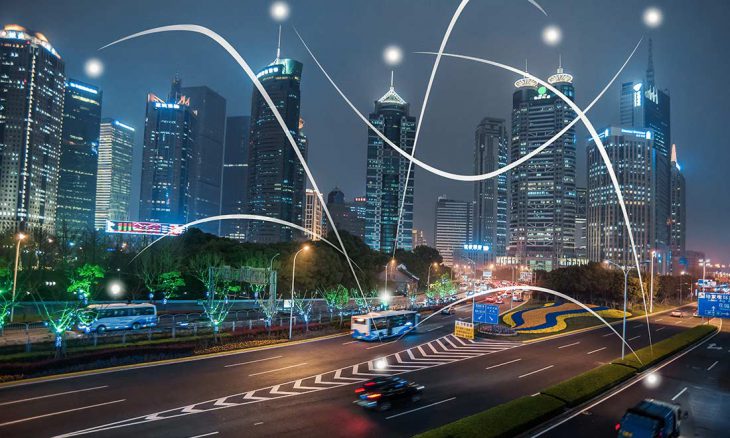The Internet has been a catalyst for so many changes in our values, economics, lifestyles and even geographic living preferences. Millennials, the first true Internet generation, have prompted many of these changes. Their digital competency and social impact have fueled three key trends that can lead to new branding opportunities for progressive cities around the world that are eager to adapt new innovations:
- Millennials’ Preference for Urban Living – Their passion for experiencing new events, keen interest in entrepreneurial businesses, and relentless search for better jobs, ideally in the technology sector, have contributed to their widespread migration into cities around the world. The leading city for attracting Millennials in 2017 in the U.S. was Seattle, with almost 30,000 moving there and a net influx (minus those leaving) of +7,302 (Source: 2017 Pew Research). The top cities for net migration last year:
(1) Seattle, WA 7,302
(2) Columbus, SC 6,937
(3) Sacramento, CA 6,680
(4) Minneapolis, MN 6,529
(5) Jacksonville, FL 6,3542.
2. “Smart Cities” Movement – There is an emerging worldwide effort to improve the living conditions in cities by introducing new technology into almost every aspect of its infrastructure, especially environmental improvements. The mission of the Smart Cities Council, which involves a network of leading companies, states their vision of “a world of digital technology and intelligent design…to create smart, sustainable cities with high-quality living and high-quality jobs.” Their interest is in cities with three core values, which are very appealing and relevant for Millennials too:
Livability — clean, healthy living conditions, without pollution and congestion.
Workability – a digital infrastructure – energy, connectivity, computing and other competitive e-services.
Sustainability – providing services that don’t steal from future generations.
Promoting Smart Cities is Global Futures Group, a consulting firm that “builds and cultivates innovation infrastructure, enabling cities… to embrace technology for driving higher productivity and job growth”. GFG focuses on constructing entirely new smart cities built on technology and innovation, or revitalizing existing ones to boost their competitiveness. This also involves organizing conferences to promote Smart Cities, attracting companies to get involved, and conducting research to enhance city services.
3. Growing Competition Among Cities – The recent competition between cities to persuade Amazon to establish a second (and third) office in their own backyard epitomizes the importance of attracting new businesses for added jobs and other economic benefits. With more Millennials moving into cities and the expanding array of service efficiencies from new technology, more cities are recognizing the need to change to better accommodate these movements and attract both investors and tourists. An article by PWC for Cities Today (6/7/16) about the evolving competition among cities for talent, manufacturing, tourism and finance, describes the key ingredients of “new capitalism” for competitive success and sustainable growth:
• Innovation – industry process capital
• Job creation – social capital
• Public service – citizen and welfare capital
• Sustainability – environmental capital
• Brand & Image – reputational capital
These three trends create an ideal opportunity for progressive urban leadership to create a brand image that distinguishes its city and offers relevant benefits, especially for Millennials. The process is similar to developing a new brand persona for a product or service. It requires an intense study of a city’s key assets, especially its “heartbeat” and/or core source of pride, and what could emotionally excite targeted millennials, investors and tourists. Perceptions are critical, and usually there is already an established feeling or image that a city exudes – e.g., Paris and romance, Hong Kong and trade, NYC and its “can-do” attitude, etc.
However, re-branding can still be confusing to many. Branding is more than a fancy logo or catchy slogan. These are the products of creative designers or copywriters, but re-branding must start with the development of the core content and message on what a city brand identity should promise. And it is not a public relations task. PR is great for building awareness and communicating a message, but it does not involve the creation of a brand essence – a unique, focused net impression for a city. This is the work of branding professionals.
Given these important trends, urban leaders will be missing a huge opportunity to distinguish their cities if they do not commit resources to create a memorable brand personality for their cities.









